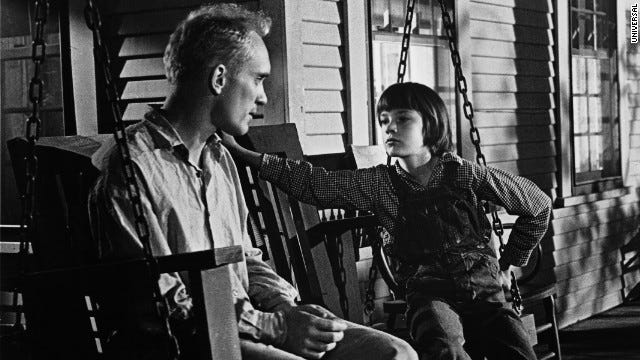Take Me Home
Walking in Boo Radley's skin
“Will you take me home?”
He almost whispered it, in the voice of a child afraid of the dark.
Readers, allow me to make a confession: As I write, I only just today got around to reading To Kill a Mockingbird. Yes, I know. In my defense, I had a very full middle/high school literature education. I just missed this spot, though of course I got the gist by c…
Keep reading with a 7-day free trial
Subscribe to Further Up to keep reading this post and get 7 days of free access to the full post archives.


